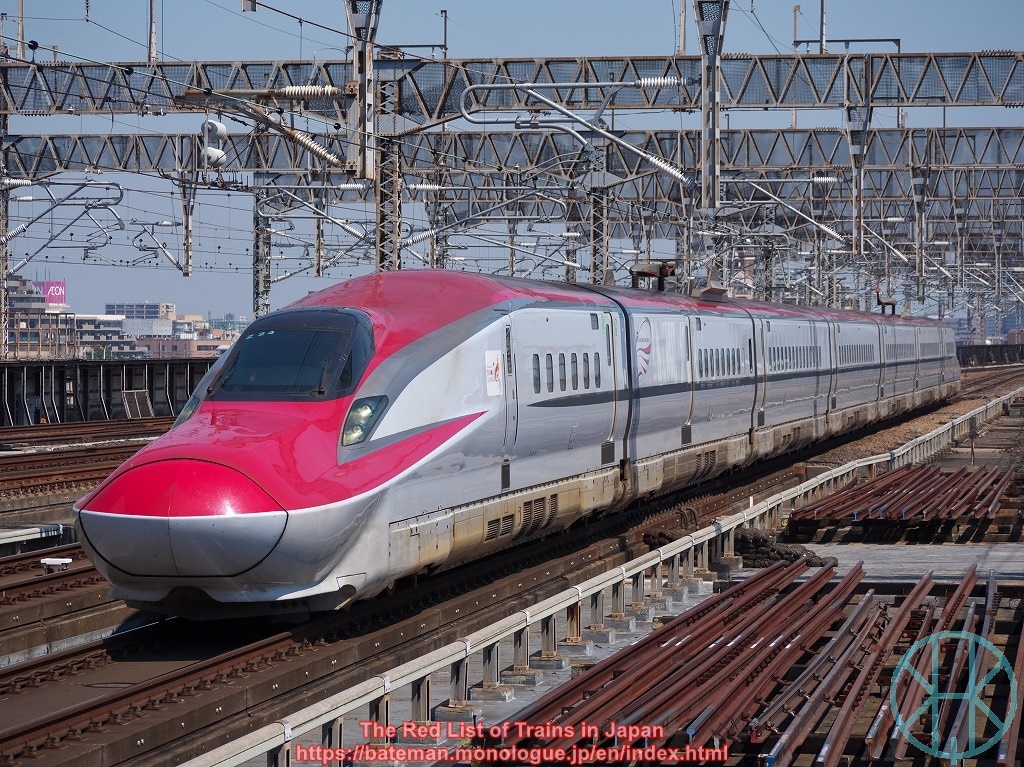【米坂線】
— JR東日本【信越エリア】運行情報 (公式) (@JRE_Shinetsu_A) August 5, 2022
坂町駅~米沢駅間の上下線は、当分の間列車の運転を見合わせます。同区間は現時点で運転再開見込みは立っていません。#米坂線 #大雨 pic.twitter.com/K2qoYmCkdH
On 3 August, an extreme torrential rain struck Tohoku and Hokuriku regions in Japan, destroying houses and infrastructure. The rain continued for more than a week, resulted in far more precipitation than average figures observed in August. Aomori, Akita, Yamagata, Fukushima and Niigata Prefectures were hit hard.
Many railways have also been devastated by the torrential rains, and JR East has been investigating and rebuilding them. On 25 August, the company published a document about current situations with photos. Three weeks have passed since the disaster, but not a few of them are yet to be reopened, as listed below. Replacement buses are available on all routes.
- Ban-etsu West Line: Kitakata - Yamato (10 km / 6 mi)
- Gono Line: Iwadate - Kajikazawa (75 km / 47 mi)
- Hanawa Line: Kazunohanawa - Odate (37 km / 23 mi)
- Ou Main Line: Takanosu - Odate (18 km / 11 mi)
- Tsugaru Line: Kanita - Minmaya (29km / 18 mi)
- Yonesaka Line: Imaizumi - Sakamachi (68 km / 42 mi)
All but Ou Main Line are enumerated in a list of "significantly unprofitable railways" (click here for a detailed English summary) which could be subject to a permanent closure. In fact, one of the reasons why an expert committee of the Transport Ministry issued the report was because those lines were vulnerable to natural disasters that are recently intensifying amid the global warming. Thus, local residents and politicians have expressed concerns about the fate of those devastated railways.
Is engineering work on going? According to TBS, JR East estimates that Ou Main Line could be reopened within a few months, possibly about 2-3 months. Fukushima Mimpo reported that JR East, the Japanese Government and the government of Fukushima Prefecture are discussing how to rebuild Ban-etsu West Line, and how much do each parties expend. Hence, these two lines are likely to be restored within a year.
However, the fates of Gono, Hanawa, Tsugaru and Yonesaka Lines are unclear. According to Kahoku Shimpo, Gono and Hanawa Lines are so badly damaged that it would take more than a year to rebuild them. Some parts of Gono Line are still inundated so that engineer workers are unable to investigate the situation. Yamagata Shimbun reported that local governments officially requested JR East to rebuild Yonesaka Line, and JR East acknowledged the importance of the resolution, but it could be lip-service. No new relevant report about Tsugaru Line is heard so far.
JR East will definitely ask local governments for sufficient contribution to those rural railways. All parties consider that the lines should be reopened as soon as possible, but some cities, towns and villages might disagree with reconstruction if it costs tremendously. In that case, the line could be permanently closed and replaced with bus service, which could be allegedly safer, more convenient and cheaper as discussed in the past article.












